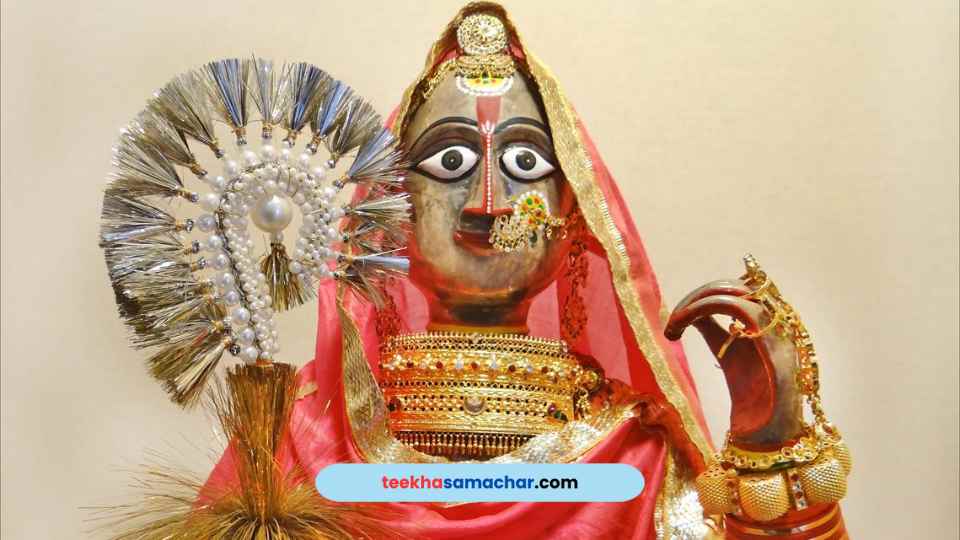Gangaur 2024 : a significant festival celebrated during Chaitra Navratri, holds immense importance among the Hindu community. It is a festival that symbolizes the purity of love and marriage, dedicated to honoring the married form of Maa Durga. With its vibrant rituals and customs, Gangaur enriches the cultural tapestry of India. Let’s delve into the details of Gangaur 2024, encompassing its date, rituals, significance, and much more.
Gangaur 2024: Date, Rituals, Significance, and Everything You Need to Know

Date:
Gangaur, a vibrant celebration of marital bliss and devotion, is slated to be observed on April 11 this year, aligning with the auspicious Chaitra Navratri. According to the Drik Panchang, the Tritiya Tithi, marking the third day of Chaitra Navratri, will commence at 5:32 PM on April 10 and conclude at 8:03 PM on April 11. This significant date holds profound significance for devotees, heralding the commencement of rituals and festivities dedicated to honoring Maa Gauri during the revered occasion of Gangaur.
